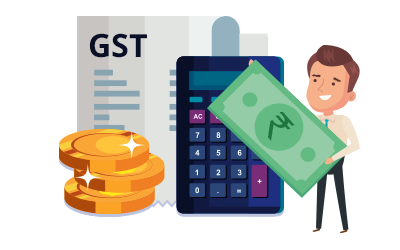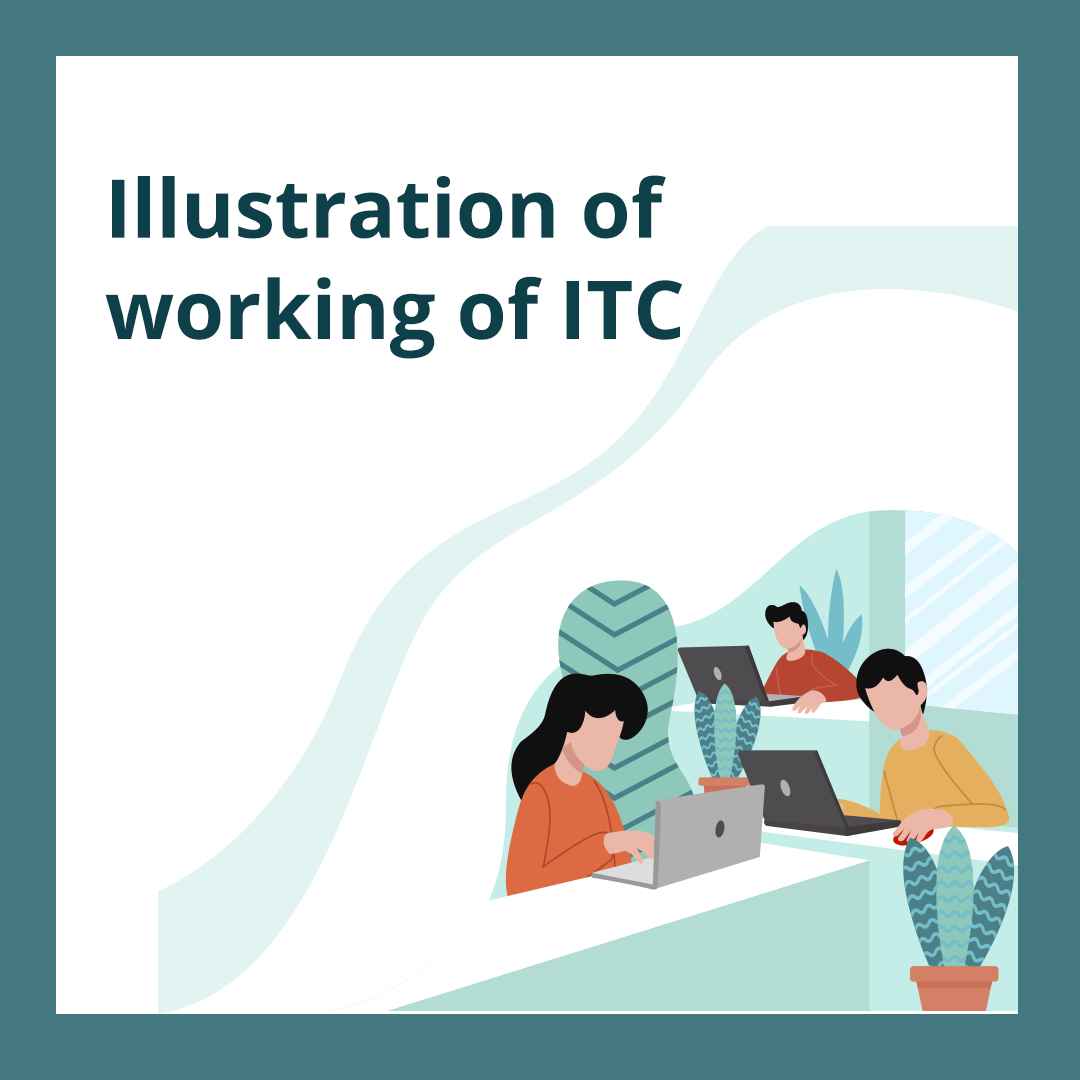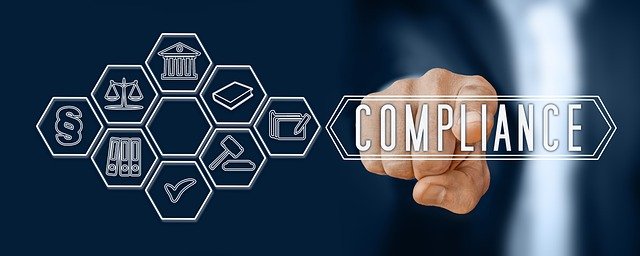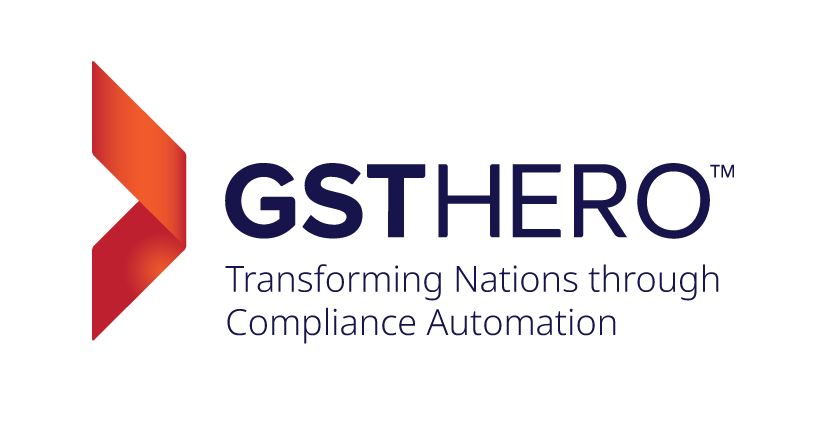Budget 2021: Revised Conditions for Input Tax Credit

The Union Budget of 2021 was long-awaited, especially after the unfortunate Covid-19 outbreak and all the ill-consequences thereafter.
The annual financial statement for the FY 2021 has introduced some changes in the GST Act of 2017 w.r.t the Input Tax Credit section of the CGST Act of 2017.,
The Goods and Service tax has now become 4 years older and the Government is consistently trying to simplify the GST return filing processes and the interaction with GSTN.
Stick till the end of the article to understand the complete details of the conditions put on availing for maximize Input Tax Credit.
What is the new Budget 2021 update on ITC under GST?

There has been an addition of a clause in Section 16 of the CGST Act, 2017. This section is concerned with the Input Tax Credit and hence, this new amendment becomes important for us.
What was the GST Act, 2017 provision before Budget 2021?
Section 16, sub-section 2 of the GST Act, 2017 did not include the mandatory requirement to furnish the details by the vendors and the consequent communication to the recipient.
This has now changed with the recent addition of clause aa.
Why is Section-16 (Input Tax Credit) important?

This section comprises four different subsections
Sub-Section | Description |
|---|---|
Sub-section (1) | Eligibility for taking Input Tax Credit (ITC) |
Sub-section (2) | Conditions to satisfy for taking Input Tax Credit |
Sub-section (3) | w.r.t depreciation of tax component |
Sub-section (4) | Time deadline to avail Input Tax Credit benefit |
Tell me more about the Budget 2021update on Input Tax Credit

The newly added clause defines that, ‘the details of the invoice or debit note referred to in clause (a) has been furnished by the supplier in the statement of outward supplies and such details have been communicated to the recipient of such invoice or debit note in the manner specified under section 37’ Getting too heavy to understand?
Do not worry! We'll put it in simpler words.
Input Tax Credit on invoice or debit note can be availed ONLY when the details of such an invoice or debit note have been furnished by the supplier in the statement of outward supplies and such details have been communicated to the recipient of such invoice or debit note.
In case of failure of either of the prescribed actions, the registered person will not be entitled to avail the credit on the Input tax for that particular invoice or debit note.
It is one more condition added to the list of eligibility conditions applicable for the entitlement of ITC.
According to Section 37 of the Goods and Services Tax Act, 2017, every registered person shall furnish the details of the outward supplies of the goods or services or both,
and such details shall be communicated to the recipient of the said supplies within prescribed time and in such manner as may be prescribed.
The new sub-clause (aa) added in Section 16 of the GST Act, makes the above-mentioned provision MANDATORY to get the entitlement of credit on the input tax i.e. ITC.
Important Rules In connection With ITC Amendment

NOTE: According to the new clause (aa) added in Section 16 of the CGST Act, this rule becomes of utmost importance to be fulfilled to get the benefit of the Input Tax Credit.
Other conditions prescribed in Section 16 are also necessary to be fulfilled.
Illustrative Example
Consider two entities, Firm Sheldon and Firm Penny. Firm Sheldon is the Supplier. (SS) Firm Penny is the Recipient.(RP)
Possible Cases | Result |
|---|---|
SS furnishes details of outward supplies details. Doesn’t communicate with the Recipient RP with the invoice details. | NOT Eligible for ITC claim |
Supplier SS furnishes details of outward supplies details. Communicates with the Recipient RP with the invoice details. |
From this example, we can understand that furnishing the invoice or debit note details by the supplier is not only necessary but it is mandatory.
The concerned Supplier should send the details of filing these details on the portal to the recipient receiving the goods or services or both.
Conclusion on Budget 2021 update
In this article, we understood the revised eligibility added by the Finance Bill, 2021 for availing the Input Tax Credit.
We tried to interlink the back-dated rules with the recently added update and also tried to understand its significance. Keep visiting our page to get the latest updates for all the GST developments.
Until the next time...
Important downloads for reference
- Goods and Services Tax Act, 2017
- Central Goods and Services Tax (CGST) Rules, 2017

File your GST returns in minutes, not hours!
Get Live Demo and experience the simplicity by yourself.

